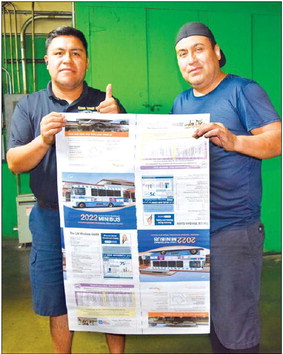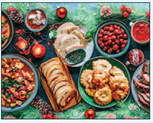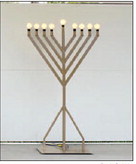Residents often ask why their ….


Residents often ask why their pictures aren’t printed in color. Since space is at a premium, editors will choose the strongest photos for their color pages. Sometimes, there are more requests than space available. Or the photos won’t reproduce well because they do not meet resolution specifications.
LW Weekly editors hear this and other questions over and over again: Why are some clubs always in the newspaper and mine isn’t? Why won’t this article fit? Why is that article longer than mine? Why did you edit that out? Why can’t my story run exactly the way I wrote it? Why is my article at the bottom of the page? Can’t you add just one extra page? Why can’t I submit the information after the deadline?
Be assured that editors can answer every one of these questions. All you have to do is ask, and hopefully some of those questions are answered here. There is always a reason that your articles and pictures are printed in a specific way.
Producing the paper is like putting together a big jigsaw puzzle every week. The first step is determining how many pages that week’s issue will have. The page count is determined by the percentage of advertising in a given issue. Pages can only be added in multiples of four, so it is not possible to add just one page for a little extra space in any given edition.
Once the week’s advertisements are booked, the editorial hole is determined. The goal is to have a 60/40 ratio of ads to editorial copy whenever possible. After the COVID-19 shutdown began in March 2020, the LW Weekly shrank to an unprecedented 24 pages on average, so the ratio has been closer to 50/50.
In normal times, the page count was around 32 and sometimes 36 or 40. As of today, 28 pages is becoming the norm, as advertising is beginning to return to pre-pandemic levels.
Once that week’s news hole is determined, space is apportioned to each section in the paper—Arts and Leisure, Religion, Community, Health and Fitness, Government, Perspectives, General News, and Puzzles and Games.
The production team processes all photos, art, game pages and advertisments, including display, classified, professional directory and real estate.
Editors process every submission— from emailed to handwritten—using Associated Press style and LW Weekly design standards for consistency. GRF policies also dictate submission guidelines.
The editorial deadline is Thursday at 4 p.m. for the next week’s edition. The time is needed to edit and format the scores of letters, stories, photos, columns, schedules, press releases, etc., that come in; determine how much space will be needed; and design the pages with art, headlines and cutlines. Pages are built using premier page-layout software called Adobe InDesign. Then they are printed and proofed at least four separate times in the never-ending quest to find those elusive typographical errors.
The deadline to file corrected editorial pages is Tuesday at noon. Production then takes over and converts the InDesign files to PDFs, which are proofed one last time. Early Wednesday morning, the files are uploaded to Reed Printing, a familyowned, high-quality print house that’s been in business for more than 30 years.
Each week, the web press rolls out 7,500 copies, which are loaded onto a truck at the Ontario plant to make the 55-mile trip to LW in time for a same-day delivery.
News staff is proud to report that the paper has been delivered every week without fail since its inception 60 years ago.
That includes an especially challenging week in the aftermath of a Jan. 4, 1995, flood, the worst disaster in LW’s then-33-year history. That Wednesday, a fierce rainstorm dropped 5 inches of water in a matter of hours. More than 300 residents had to be evacuated to a clubhouse converted into a shelter when the flood-control channel overflowed. Golden Rain Road was submerged in 3 feet of water at one point. Police and fire crews used inflatable boats to transport frightened residents to the shelter. The LW News printed and delivered the usual paper, plus a special edition detailing the devastation and residents’ stories of survival.
The official print date of the LW Weekly is Thursday, and by contract, the distributor has until Thursday at 10 a.m. to get all papers delivered in LW. Most of the carriers are LW residents, and most of them prefer to deliver Wednesdays, so the majority of residents receive their papers that day. Some residents may get their papers on Thursdays, but anyone who does not receive a paper by Thursday at 10 a.m. can call (562) 430-0534 and request a special delivery. There are very few missed papers, thanks to the diligence of LW carriers.
Newspaper production is a complicated and painstaking process. GRF news staff seeks to accommodate every submission, blending them into a vibrant snapshot of LW life to foster community and keep residents connected.




